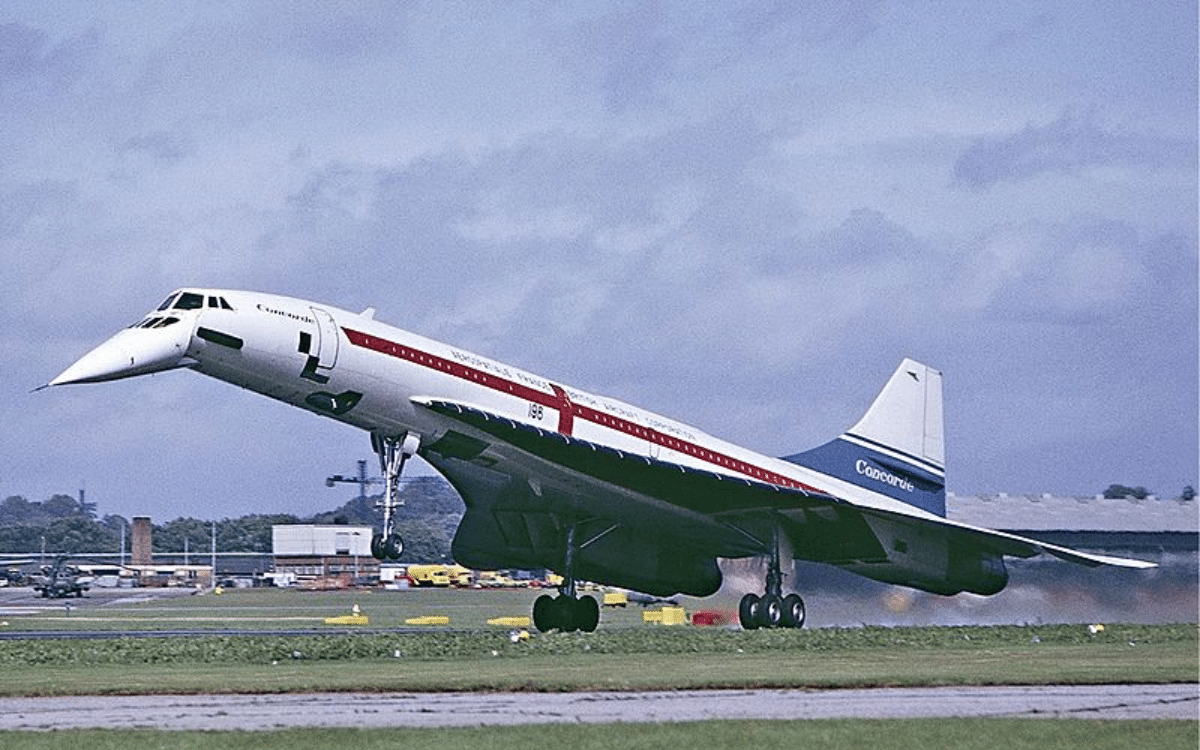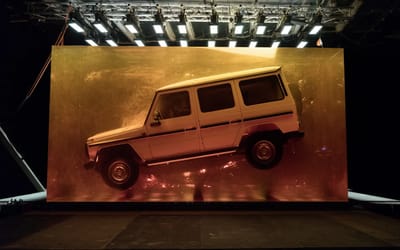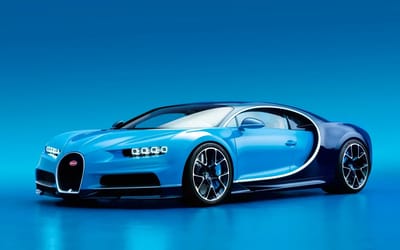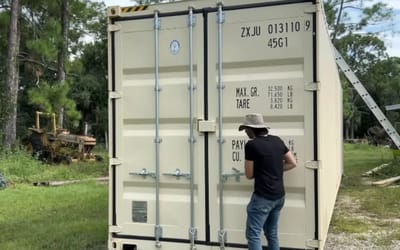Supersonic: the origins of Concorde
- In the history of aviation, few names evoke as much wonder and glamour as Concorde
- As technology advances, commercial supersonic flight seems increasingly likely in the near future
- We’re delving into the origins of Concorde, from its post-World War II inception to its final flight in 2003
Published on Apr 12, 2024 at 7:30 PM (UTC+4)
by Andie Reeves
Last updated on Apr 12, 2024 at 7:30 PM (UTC+4)
Edited by
Tom Wood
In the history of aviation, few names evoke as much wonder and glamour as Concorde.
As technology advances, commercial supersonic flight seems increasingly likely again in the near future.
Whether these aircraft will match the prestige, excitement, and luxury of Concorde is yet to be seen.
So how did such an iconic and yet-to-be-replicated plane like this come to be?
We’re delving into the origins of Concorde, from its post-World War II inception to its final flight in 2003.
READ MORE: US aircraft developer starts tests for autonomous supersonic fighter jet
The post-World War II era was a time of immense technological advancement.
Here we saw the birth of television, jets, nuclear power, synthetic materials, and the beginning of space exploration.
It was this exciting and innovative atmosphere that inspired the concept of supersonic flight.
Birth of the Concorde project
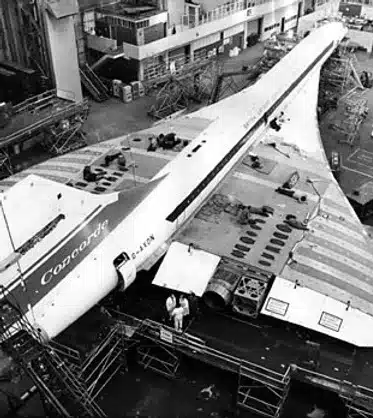
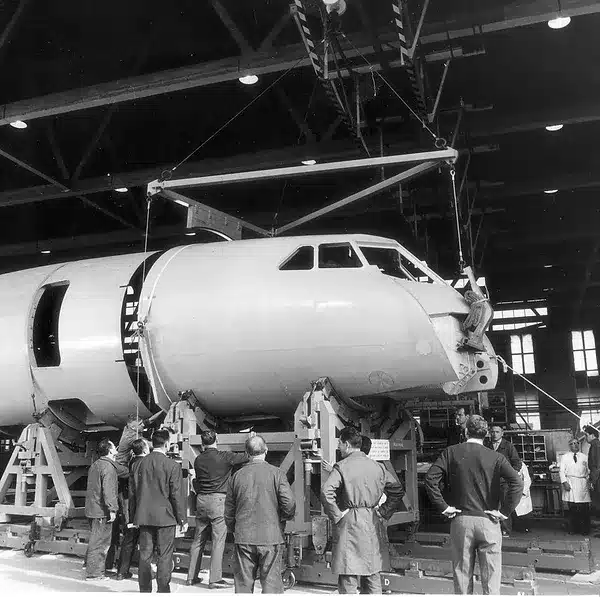
France and the UK continued their allyship after the war, combining their expertise and resources to develop Concorde.
This was a way for the two countries to assert their dominance in the field of aviation and technology to the rest of the world.
Britain had been developing a supersonic jet called the Type 223 while France’s offering was the Super-Caravelle.
In the early 1960s, it became clear neither country could afford to build a prototype by itself.
Britain had the best engine for the job, the Olympus 593, while the French were experts in aircraft design.
A treaty was signed in 1962, making the official birth of the Concorde project.
Creation of Concorde
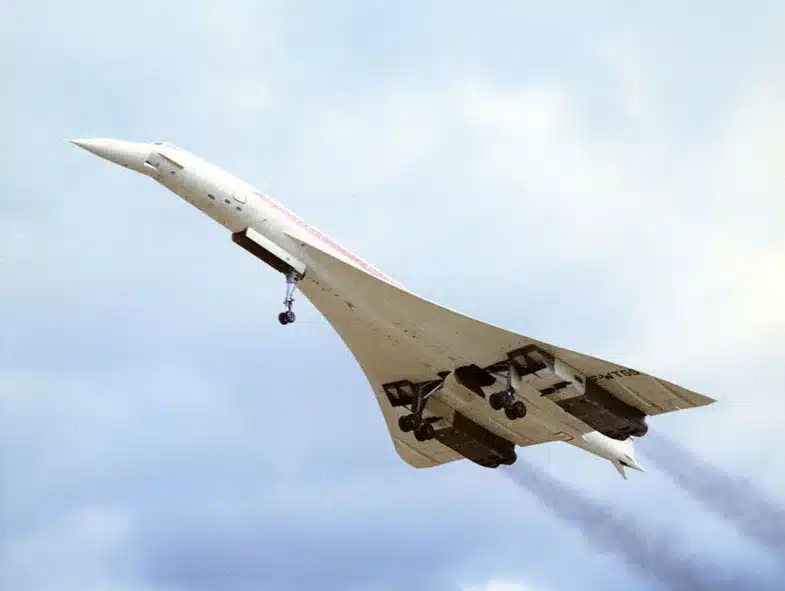
After exploring various designs, the now-legendary delta-wing style was chosen as the most aerodynamic option.
The team needed to use materials that were lightweight yet durable, and able to withstand the stresses of supersonic flight.
One major factor to consider with supersonic flight is temperature.
The engineers created innovative thermal protection systems to shield the jet from extreme heat.
It was at this stage that the aircraft’s distinctive drooped nose was developed too, which would play a crucial part during Concorde’s takeoff and landing phases.
There was also the awe-inspiring cockpit, which had a wall crammed with hundreds of gauges and switches.
The plane underwent rigorous testing and prototyping to ensure it was as safe as it was fast.
And – reaching speeds of Mach 2.2 at an altitude of around 60,000 feet – it was really fast.
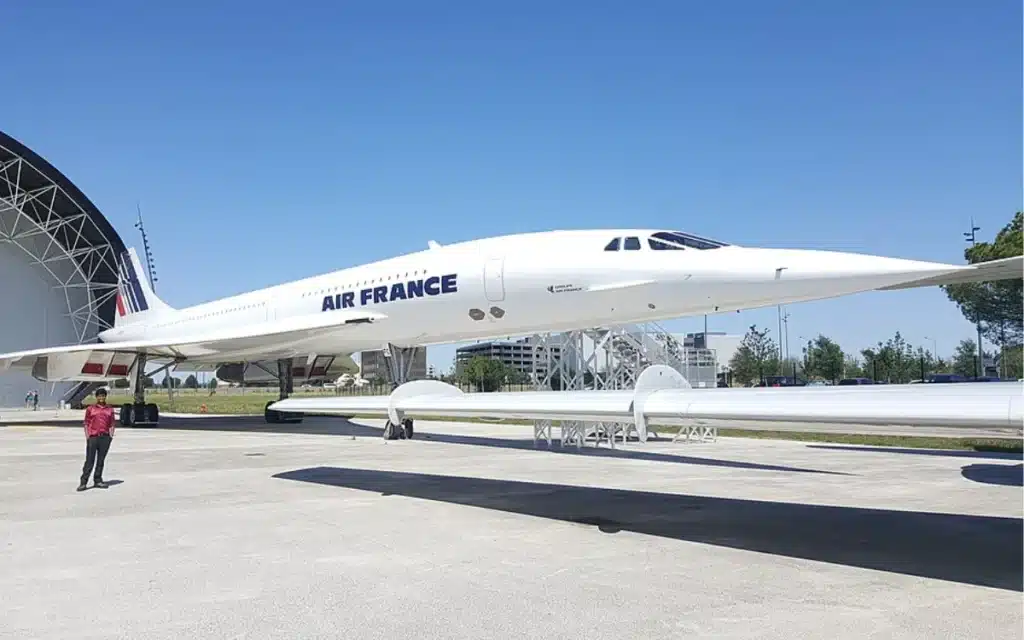
Lastly, the team tackled passenger comfort.
To achieve supersonic flight, the plane had to be notably smaller than regular commercial planes.
However, the experience of flying Concorde was intended to be nothing short of grand, so passenger comfort was prioritized
Although the cabin was narrow, passengers were treated like royalty with Dom Perignon flowing and aeroplane food like no other, including lobster and duck à l’orange served on fine china.
In total, it took about 17 years for Concorde to develop from inception to a commercially viable jet.
The golden years
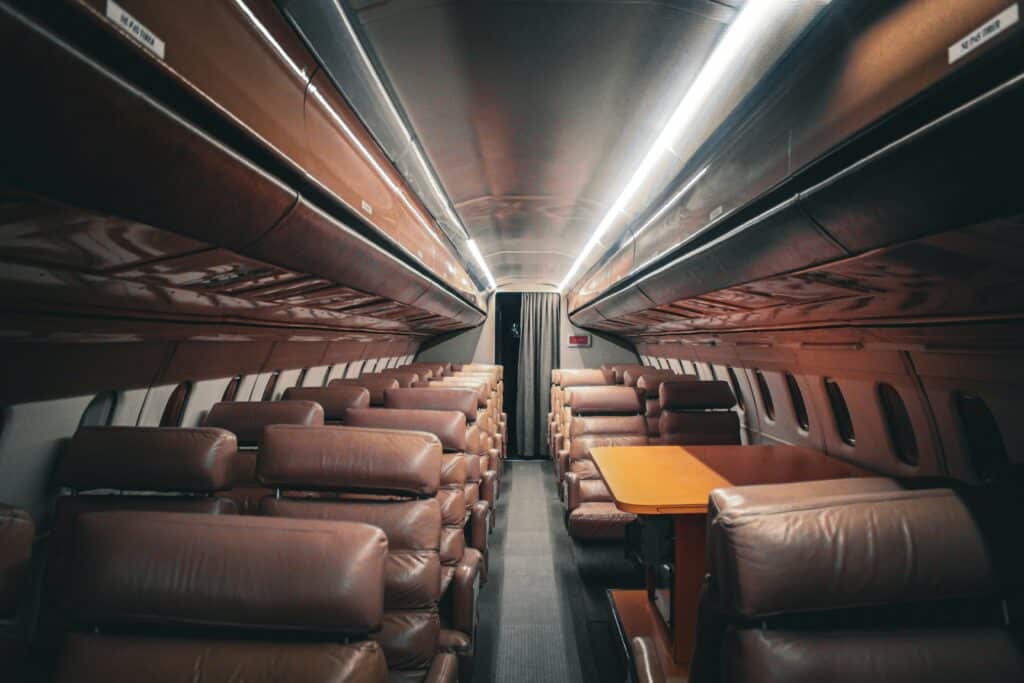
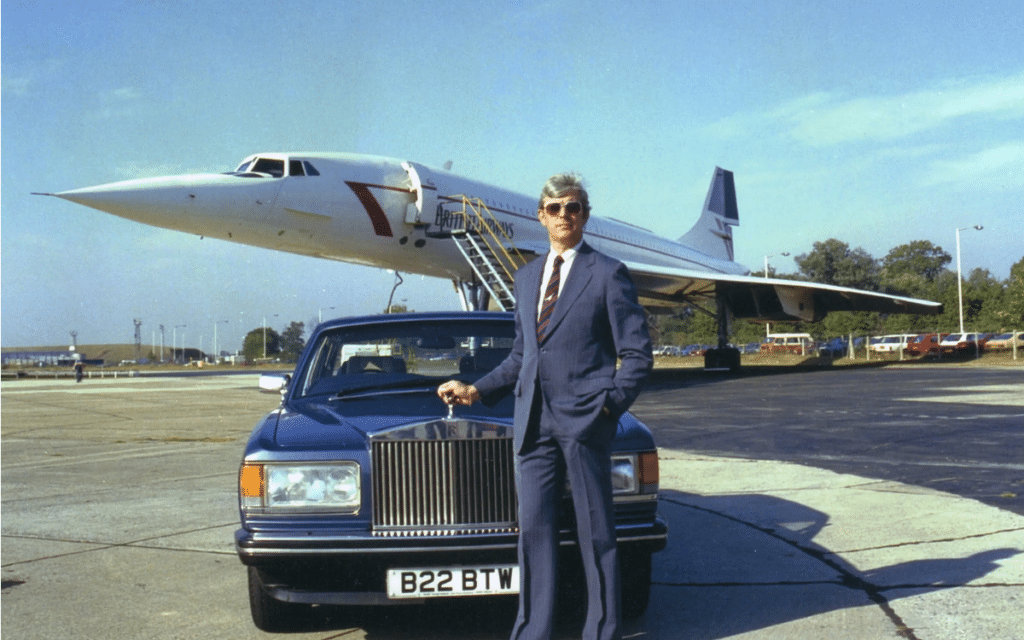
After its first flight in 1976, the Concorde epitomized the ultimate in speed and opulence in the skies.
It revolutionized cross-continental travel, able to fly from London to New York in three hours compared to eight hours on a conventional aircraft.
Today, several companies are attempting to beat this incredible feat.
There’s the Hyper Sting, which will complete the same journey in less time than a soccer game, and the supersonic aircraft from China that will travel from Beijing to NY in an hour too.
The supersonic plane developed a cult following, with celebrities and royalty regularly seen on board.
It was also the travel method of choice for businessmen who could land in New York earlier than the time they’d left London.
Fred Finn used to fly once a week, earning him the record for the most Concorde flights ever taken.
Challenges and ultimate downfall
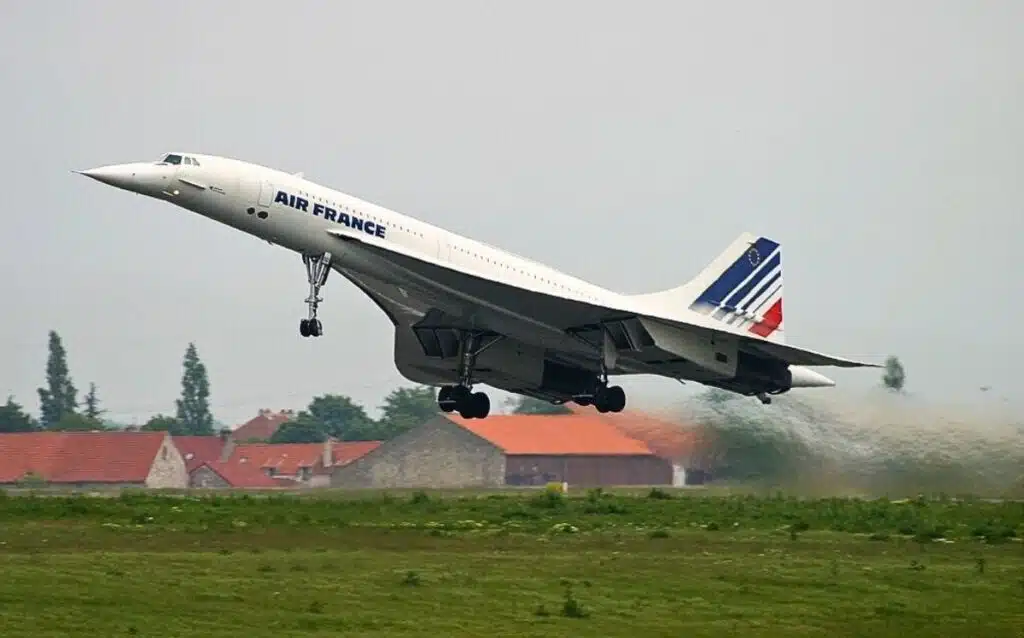
Unfortunately, traveling on an aircraft capable of achieving such incredible feats also came with an incredible price tag.
Ultimately, it was not financially viable to keep it in the skies.
Tickets were outrageously expensive, plus each flight could only seat 100 passengers, hugely limiting income potential.
There was only a small and ever-dwindling pool of people willing to fork out so much money for the speed and luxury of Concorde.
Supersonic flight also generated significant pollution, including noise and environmental impacts.
One of the major reasons for the jet’s demise was a crash in 2000 which killed everyone on board.
These combined factors meant the public lost confidence in the supersonic plane, leading to its retirement in 2003.
The new era of supersonic flight
Over 20 years after the last Concorde flight, humans remain fascinated by the concept of supersonic flight.
A new generation of supersonic jets is in the works, which could outdo the iconic jet on multiple levels.
A USA Air Force plane is set to fly 50% faster than Concorde while the Boom won’t be quite as fast but will be 80% more fuel efficient than other planes.
With production in full swing, we could see commercial supersonic flight become accessible in the next few years.
DISCOVER SBX CARS: The global premium car auction platform powered by Supercar Blondie
Andie is a content writer from South Africa with a background in broadcasting and journalism. Starting her career in the glossy pages of Cosmopolitan and Marie Claire, Andie has a broad portfolio, covering everything from sustainability solutions to celebrity car collections. When not at her laptop Andie can be found sewing, recording her podcast, taking board games too seriously or road-tripping in her bright green Kia.
